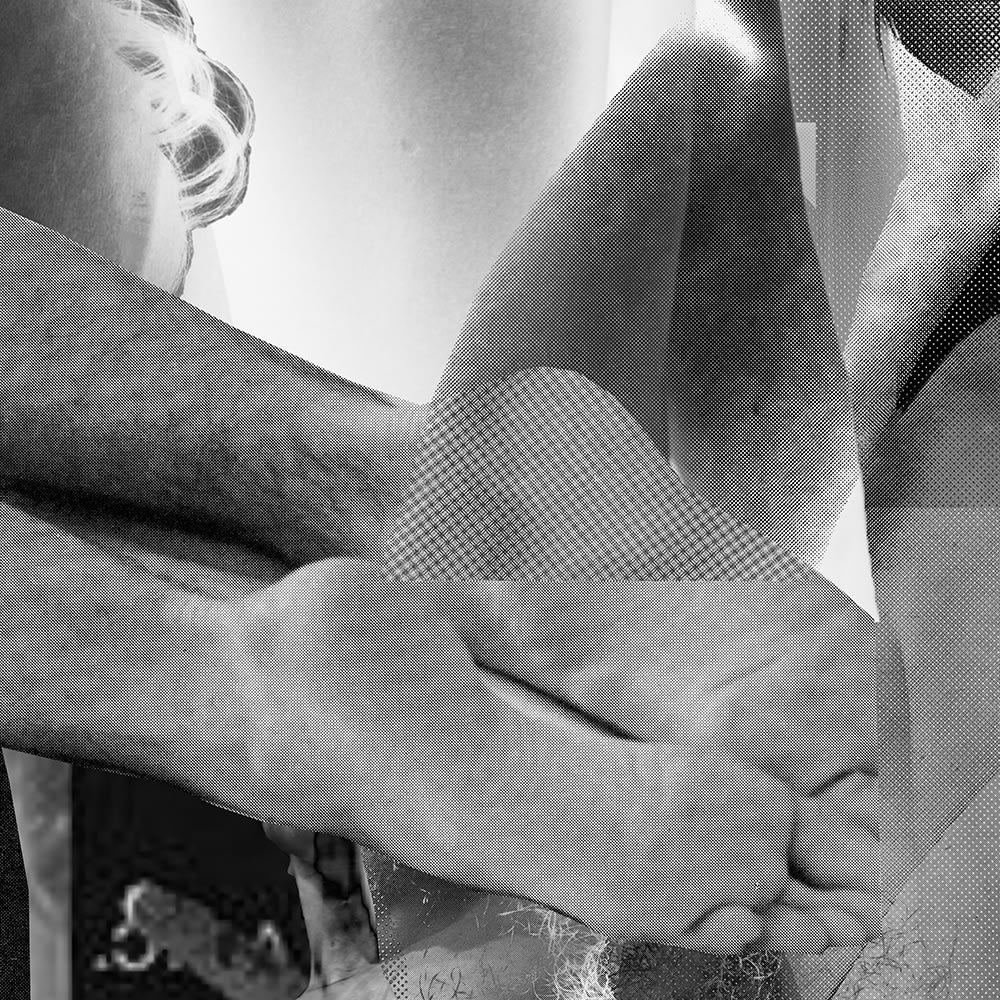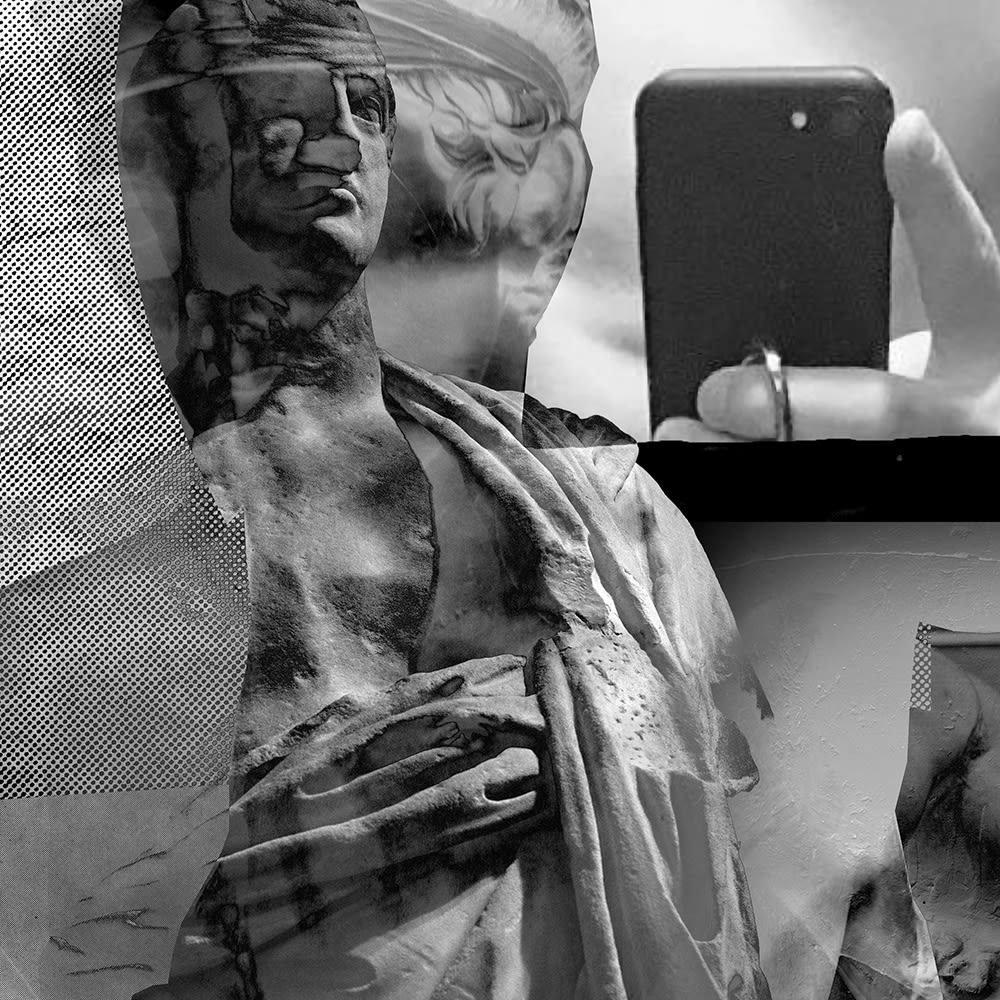Influenced by the ideas of Donna Haraway, Hosokura’s latest publication breaks down the rigid binaries and definitions that give shape to our conception of what it means to be human
“We need new skin.
“It could be something like fur, like the scales of a snake, like the downy hairs of a plant, like glowing glass.
“It obscures our previous category just as manipulating one of the genes leads to a tomato with a moth gene and a sheep with a frog gene.
“I am a man as well as a woman, and I can be an animal, plant, or dead matter.
“New skin, blurring borders.
“Mixing my desire with those of others. The act of imagining. Not fixing the point of view. A change.
“New skin expands ‘me’ or ‘you’.”
In her latest photobook, Mayumi Hosokura reimagines what it means to be human — expanding our notion of the self, and the rigid definitions such as gender, race, and species that give form to it. Hosokura herself is unsure how this creature will materialise; her project statement, above, offers an idea.
Hosokura’s previous publication Transparency is the new mystery, which blends images of the nude body with those of salt crystals, vapourising and crystallising, saw the artist switch to a monochrome palette. Her previous work was replete with vivid colour — bare bodies and neon signs bathed in fluorescent light. Hosokura’s latest publication, New Skin continues in this monochrome vein: a series of enigmatic images deriving from a single large-scale digital collage. “I wanted to make a human chimera, which would embody other people’s desires as well as my own,” explains Hosokura, “collage work seemed to fit the theme.”

NEW SKIN © Mayumi Hosokura and MACK.
“Subjectivity is multidimensional; so, therefore, is vision. The knowing self is partial in all its guises, never finished, whole, simply there and original; it is always constructed and stitched together imperfectly, and therefore able to join with another, to see together without claiming to be another” - Donna Haraway, Situated Knowledges

NEW SKIN © Mayumi Hosokura and MACK.
The artist was deeply affected by the ideas of Donna Haraway — the feminist scholar and author of the influential 1985 essay A Cyborg Manifesto, which conceived of a genderless, race-less cyborg, and the collective society and outlook that this kind of being would surely engender. Her 1988 essay Situated Knowledgesparticularly influenced Hosokura. The text challenges the conventional notion of objectivity, labelling it as the “god trick” — a seemingly neutral perspective that is, in fact, shaped by a male, white, heterosexual and human outlook. “It had a big influence on New Skin, the idea that we should not have just one vision from above, but that we can have a more complicated form of vision,” reflects Hosokura.
The publication incorporates two excerpts from the essay, one of which, illustrating Hosokura’s interpretation, reads: “Subjectivity is multidimensional; so, therefore, is vision. The knowing self is partial in all its guises, never finished, whole, simply there and original; it is always constructed and stitched together imperfectly, and therefore able to join with another, to see together without claiming to be another.”

NEW SKIN © Mayumi Hosokura and MACK.
And visually New Skin invites a fractured form of looking, a chaotic and disorientating series of overlapping images, some obscured, others visible — the outline of a foot, a snail trail, an antique statute, an iPhone. Hosokura drew the featured images from a range of sources: personal portraits of men, pictures of male sculptures in museums, cutouts from gay magazines, and selfies of Korean men: “I wanted to include other people’s desire as well as my own,” she explains. The statues represent an ideal of beauty, which spans centuries, and the iPhone is “the tool that men use to gaze at their own body,” says Hosokura, “of course, for me, the iPhone is the most intimate camera these days”.
To complicate things further, all the figures are male: “I was really influenced by the male figures captured by male photographers, and movie directors, such as Jack Pierson, Wolfgang Tillmans, and Gus Van Sant,” explains Hosokura, “I began the project to express my respect to their work.” In this context, however, the figures accrue new identities; the entities, which inhabit the pages of New Skin, do not adhere to the rigid binaries and strict definitions, which give shape to conventional conceptions of identity.

NEW SKIN © Mayumi Hosokura and MACK.
“I wanted to include other people’s desire as well as my own”
“In the future, even boundaries that seem rigid will shift,” says Hosokura. “We feel fear to become something different, which is not yet named. There will be many who accept changes, but, at the same time, there will be those who do not want them.”
New Skin imagines what the transition might look like, and invites us to do the same.
New Skin is published by MACK.


